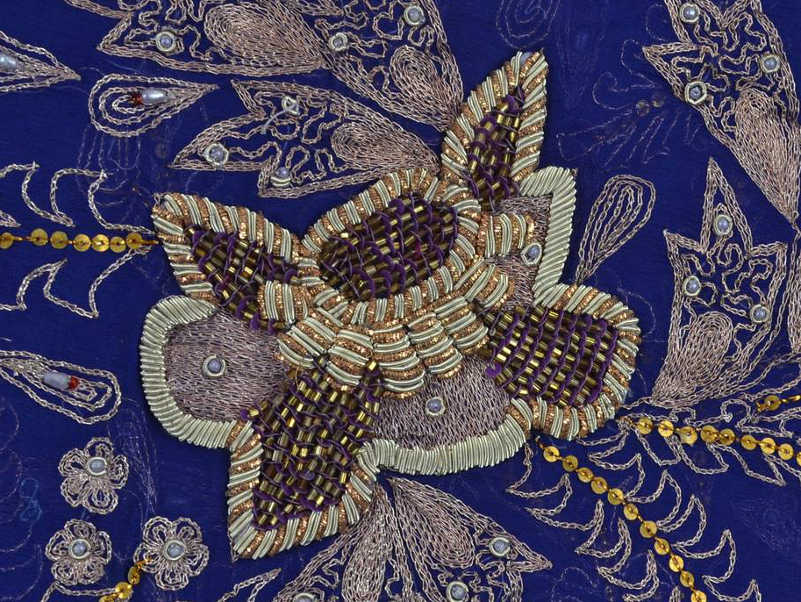===
0459,
3
===

=== |
 |
so : 'adv. & conj. So, so that, therefore, hence, consequently, accordingly; but then; thereupon; now, well'. (Platts p.690)
girih : 'A knot; knob; node; a joint, knuckle; an articulation; a division (one-sixteenth) of a gaz or yard, three finger-breadths; ... (fig.) an entanglement, a difficulty; impediment (in speech); prejudice; misunderstanding, dissension'. (Platts p.906)
saḥar : 'Time a little before day-break; day-break, dawn of day'. (Platts p.644)
FWP:
SETS == KYA
MOTIFS == [LOVER AS BIRD]
NAMES == MESSENGER
TERMS == IMPLICATION; MOODThe perfect positioning of that protean little particle so (see the definition above) opens up several readings of the first line.
=Because there are so many messages in it, the heart is full of knots (like a congested highway).
=There are so many messages, and in the heart each message is like a knot.
=Because there are so many messages in it, the heart is troubled and confused.
The verse feels melancholy, but in a (desperately?) hopeful way. It makes me think of the classic 'Trouble in mind', which shares its trust in a fresh 'dawn breeze':
Trouble in mind, I'm blue
But I won't be blue always,
'Cause the sun's gonna shine
In my back door some day...
March wind's gonna blow all my blues away.Still, as SRF points out, that second line can certainly also be read with a colloquially-omitted kyā ,as a melancholy question-- 'Will the breeze ever come to us?'. Similarly, the first half of the first line could be read as 'How many messages does the garden have?'. It's a pity that the interrogative inversion of order in English ('will it?' versus 'it will') deprives us of such ravishing touches of ambiguity.